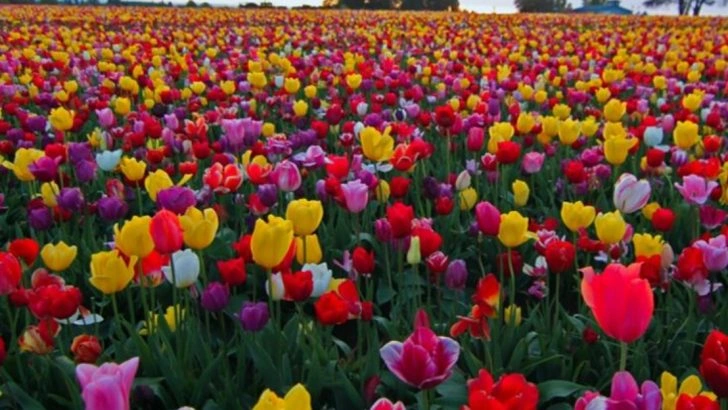Some plants are heartbreakers. They show up, steal the show, and vanish before you’ve even snapped a photo. One minute, they’re glowing like a fairytale… Two weeks later? Nothing but leaves and broken promises. Still, we fall for them. We plan entire gardens around their brief moment of glory. And when that moment comes—wow. Totally worth the wait. Are they high-maintenance? Yes. Dramatic? Absolutely. But when they bloom, it’s like the world stops. So here they are: 20 jaw-dropping plants that give you everything—for about 14 days. Then peace out like they’ve got better things to do. Will you love them anyway? That’s up to you. But fair warning: once you see them in full bloom, it’s hard to go back. Let’s meet the divas of the plant world.
Sakura (Cherry Blossoms)
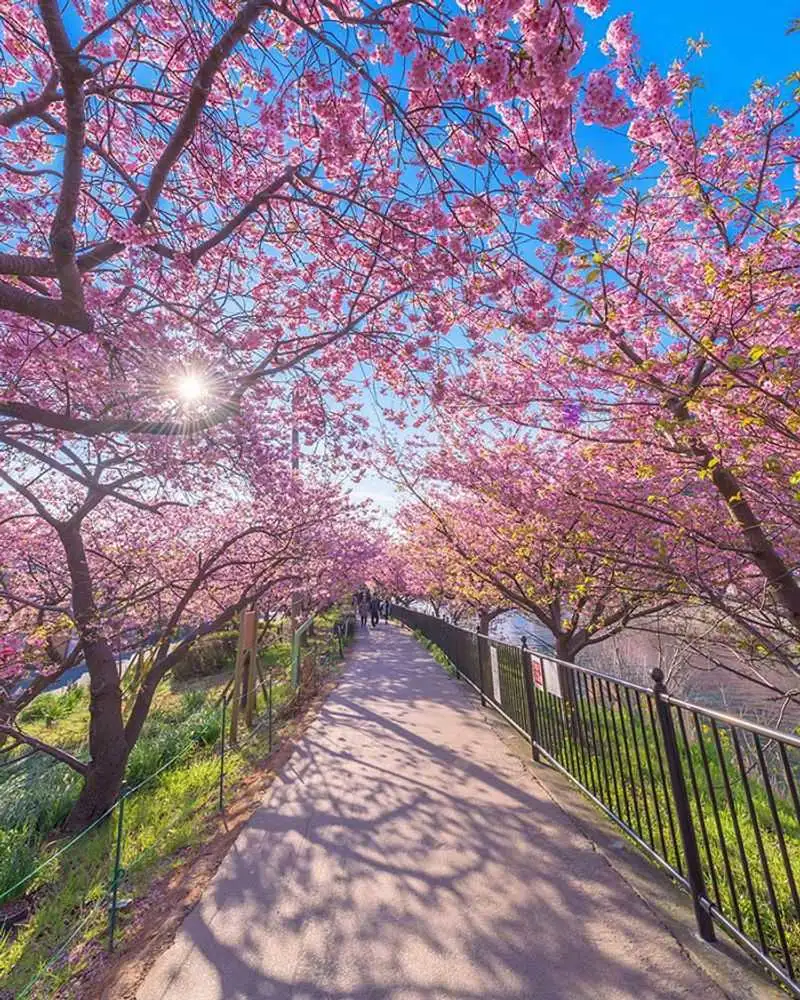
The ephemeral charm of sakura captivates the world. For two weeks every spring, cherry blossoms transform landscapes into ethereal wonderlands. Their delicate pink petals create a breathtaking spectacle. Imagine walking under canopies of cherry blossoms, their gentle fragrance in the air. This fleeting beauty is celebrated in Japan with Hanami, a centuries-old tradition. After the blooms fall, trees return to their unadorned state. Yet, the anticipation and nostalgia remain. Is this transitory beauty worth the wait? For many, its fleeting nature only amplifies its allure. A momentary masterpiece that beckons year after year.
Corpse Flower
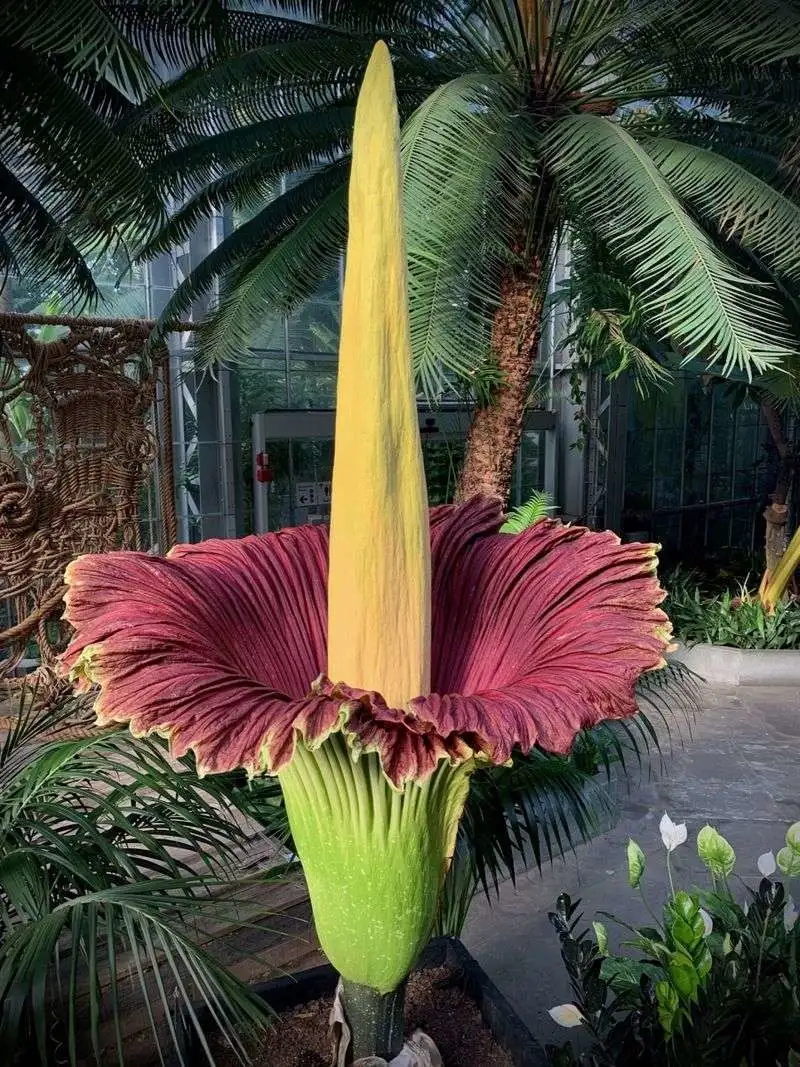
The titan arum, or corpse flower, blooms for a mere two days. Known for its overpowering odor, it resembles rotting flesh—a curious contradiction to its visual appeal. Standing tall, it draws crowds eager to witness the rare event. The flower can take years to bloom, making each appearance a spectacle. Once the bloom fades, it retreats to dormancy. Despite its pungent smell, the bloom’s size and rarity create intrigue. Is this malodorous marvel worth enduring for the sake of botanic fascination? Many believe its grotesque charm is an experience not to be missed.
Bluebells
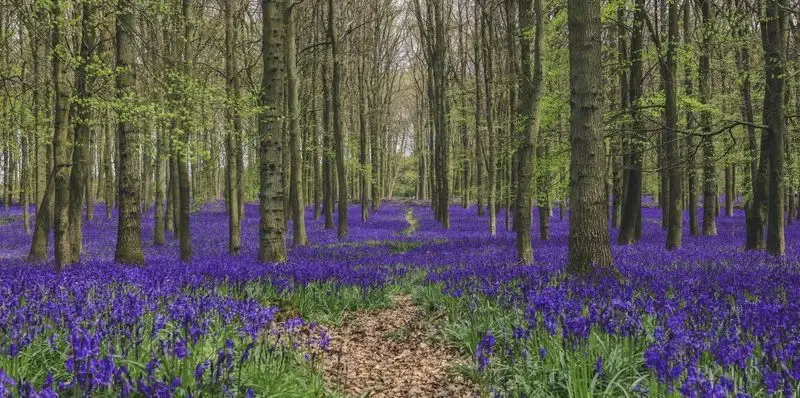
In the heart of spring, woodlands across Europe burst into life with bluebells. For just two weeks, their vivid blue hues blanket forest floors, creating an enchanting scene. This magical transformation attracts nature lovers and photographers alike. The fragile beauty of bluebells is short-lived, as they quickly lose their vibrant color. Yet, the memory of walking through a sea of bluebells lingers long after. Are these transient treasures worth seeking out each year? Their brief appearance is a reminder of nature’s fleeting gifts, cherished precisely because they do not last.
Night-Blooming Cereus
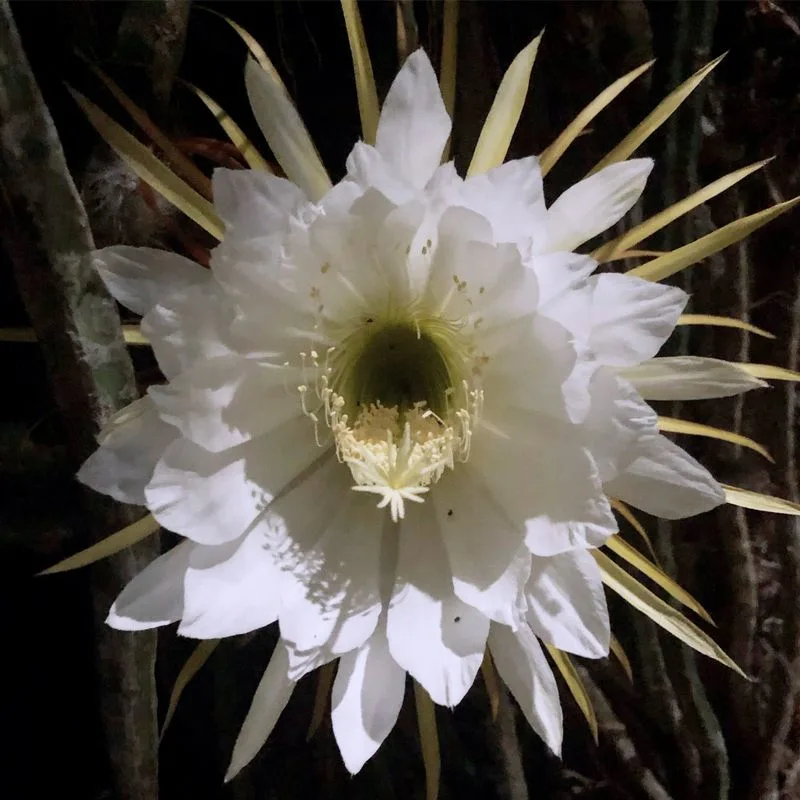
Under the cover of darkness, the night-blooming cereus reveals its beauty. Its large, white flowers open for just one night each year, filling the air with a sweet fragrance. This nocturnal wonder is often called the “Queen of the Night.” Its elusive blooms attract midnight gatherings, where enthusiasts watch the magical unfolding. By dawn, the spectacle has ended, leaving behind only memories. Is this midnight marvel worth the wait? For those who experience it, the ephemeral bloom offers a unique connection to nature’s mysteries, treasured for its rarity and beauty.
Ephemeral Poppies
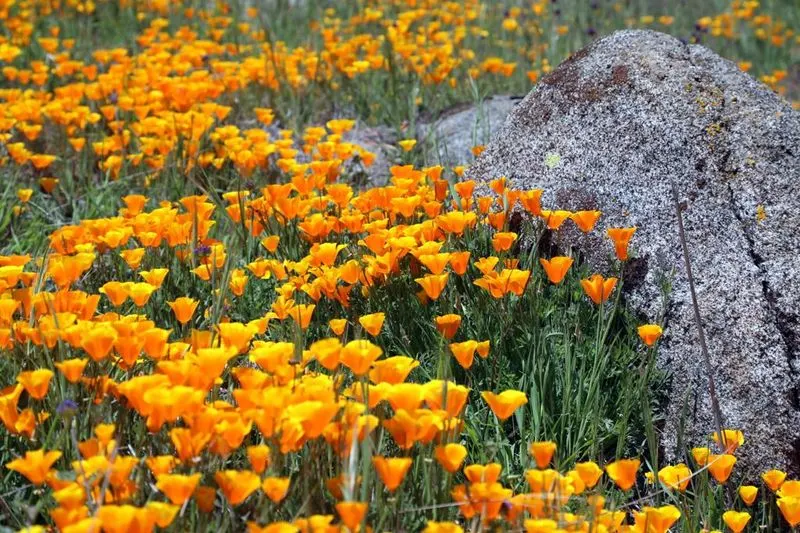
Ephemeral poppies make a stunning impact with their vibrant orange petals. For a fleeting two weeks, they grace landscapes with their vivid hues. These poppies often bloom in desert regions, bringing unexpected color to arid terrains. Their appearance is as sudden as it is short-lived, leaving fields bare once they fade. Yet, the brilliant display draws visitors from afar, eager to witness their beauty. Are these brief blossoms worth the journey? Their transient nature reminds us of the fleeting moments of beauty in life, appreciated all the more because they are so rare.
Queen Anne’s Lace
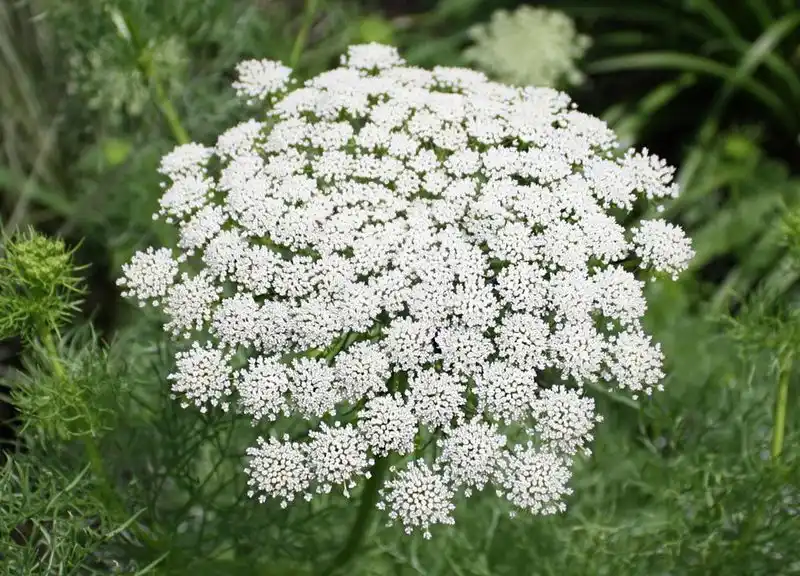
Queen Anne’s lace captivates with its intricate white flowers, resembling delicate lacework. These blooms appear briefly each summer, adorning fields and roadsides. The flower’s beauty lies in its delicate structure and the softness it brings to landscapes. Once the bloom fades, the fields return to their usual greenery. Despite its short-lived presence, Queen Anne’s lace leaves a lasting impression. Is this floral lacework worth the fleeting display? For many, its ephemeral elegance is a testament to nature’s artistry, cherished for its simple yet intricate beauty.
Bloodroot
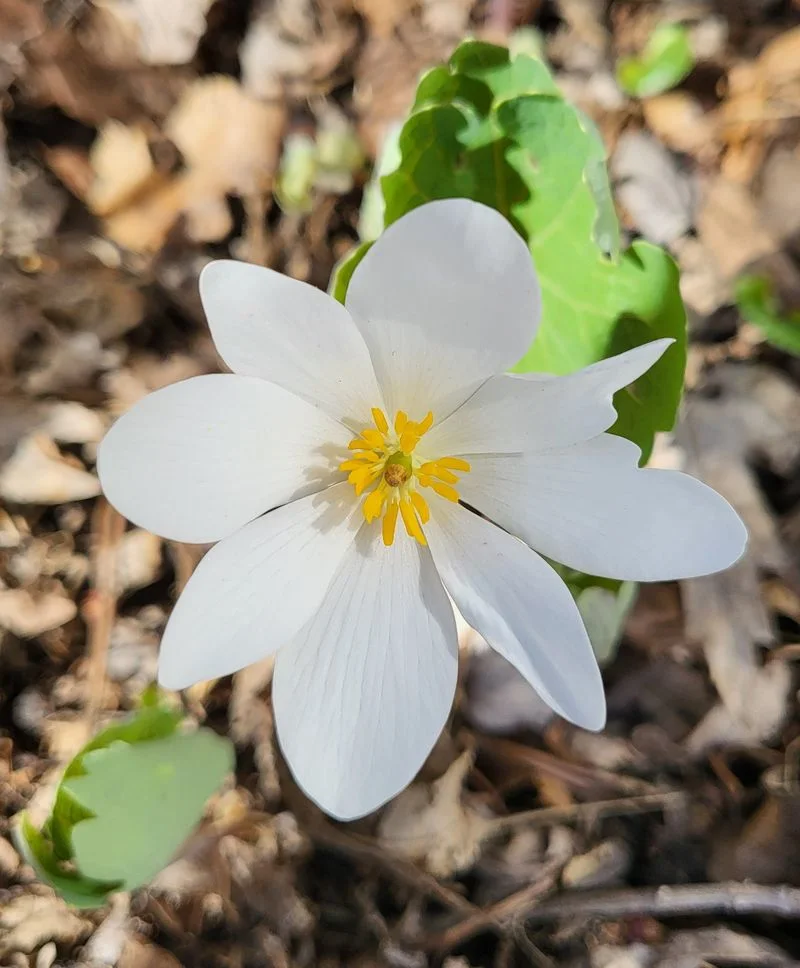
Bloodroot offers a glimpse of purity with its pristine white petals and sunny yellow center. Blooming in early spring, these flowers last only a few days, heralding the season’s arrival. Their fleeting blooms contrast sharply with their stark white beauty. As the petals fall, green leaves take over, completing the plant’s cycle. The name “bloodroot” comes from the reddish sap found in its roots, adding a touch of intrigue. Is this brief bloom worth the anticipation? For admirers, its short-lived presence is a symbol of spring’s promise, a cherished sight each year.
Ghost Orchid
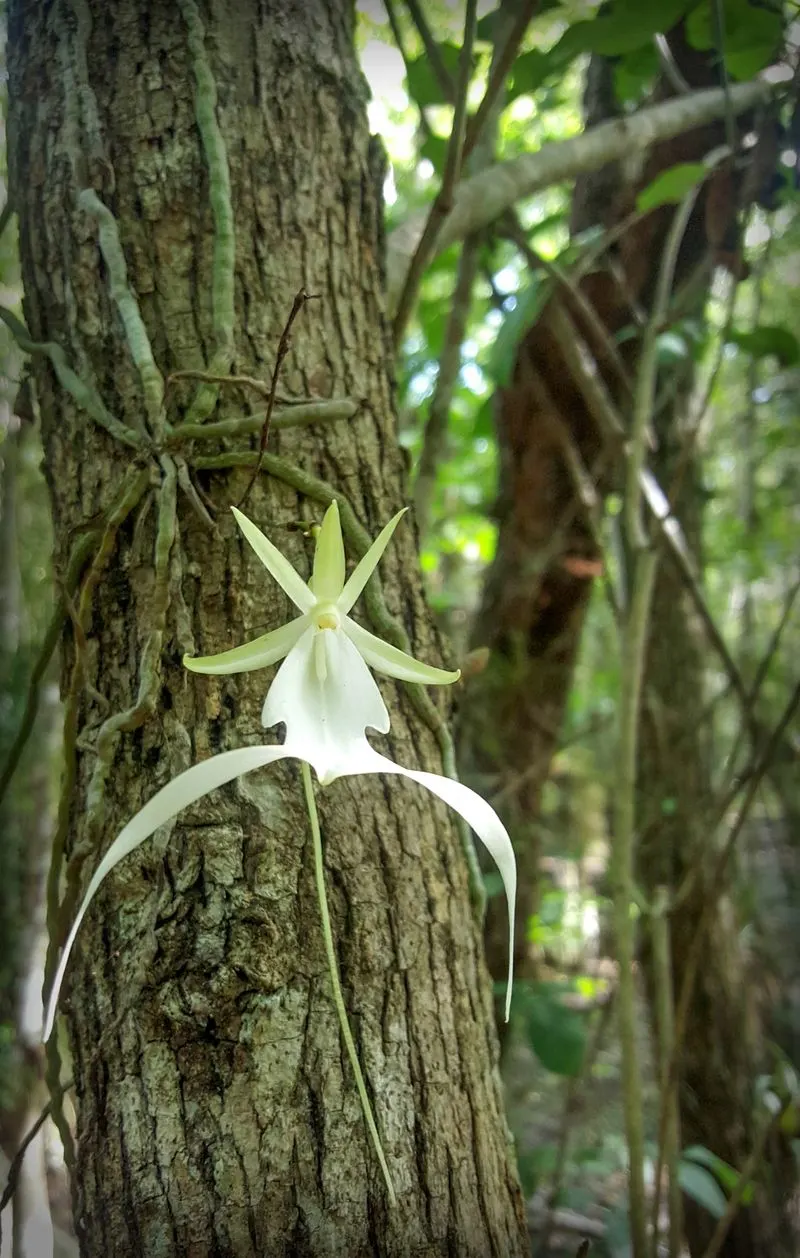
Hidden in the swamps of Florida, the ghost orchid blooms in secrecy. Its white, delicate flowers appear for only a few weeks each summer, blending into their surroundings. The elusive nature of the ghost orchid adds to its mystique, making sightings a rare treat for orchid enthusiasts. Once the blooms disappear, they leave an aura of mystery. Is this ghostly beauty worth the quest? For those who seek it, the ghost orchid represents a rare connection to nature’s hidden wonders, treasured for its rarity and the thrill of the search.
Pasqueflower
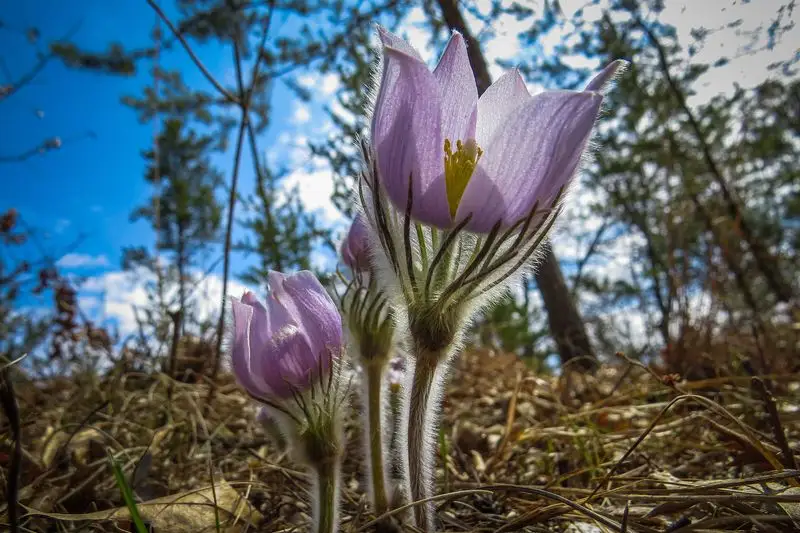
With its silky purple petals and golden center, the pasqueflower heralds spring. Blooming for a mere two weeks, these flowers bring vibrant color to hillsides and meadows. The pasqueflower’s beauty lies in its soft texture and striking hues. Once the brief bloom ends, feathery seed heads replace the petals. This transition marks the change of seasons. Is this short-lived bloom worth the admiration? For those who encounter it, the pasqueflower symbolizes the fleeting joy of spring, a cherished moment that signals the season’s arrival.
Snowdrops

Amidst the lingering winter chill, snowdrops offer a promise of spring. Their delicate white blooms emerge through the snow, creating a striking contrast. These flowers last only a few weeks, yet their presence is a hopeful sign of warmer days to come. The gentle sway of snowdrops in the breeze adds a graceful touch to gardens. Is this fleeting beauty worth enduring the cold for? For many, snowdrops are a cherished herald of spring, a reminder of nature’s resilience and the beauty that lies ahead.
Wisteria
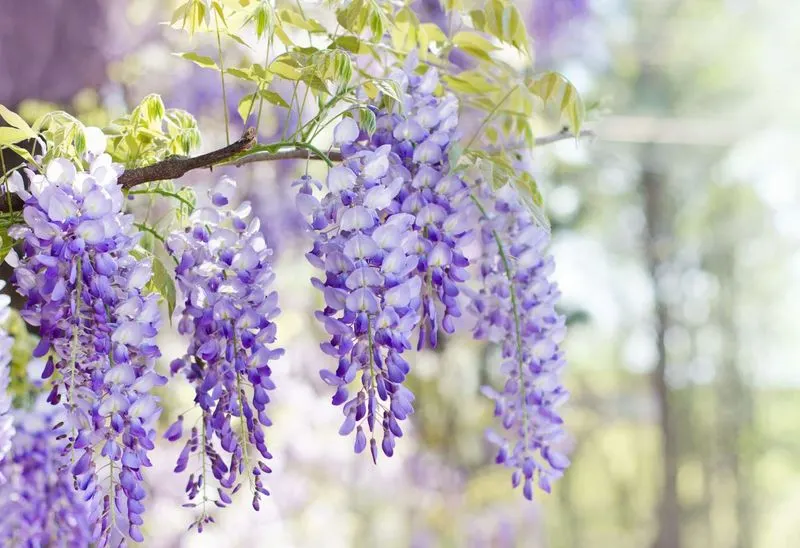
Wisteria’s cascading blooms create a breathtaking scene. For a few weeks each spring, gardens are transformed by this plant’s vibrant purple flowers. The cascading clusters resemble waterfalls of color, capturing the essence of spring’s renewal. As the blooms fade, leaves take center stage, marking the end of the spectacle. Is this fleeting floral display worth the plant’s extensive care? For those who witness it, wisteria’s brief appearance is a moment of wonder, a testament to nature’s fleeting beauty.
Peonies
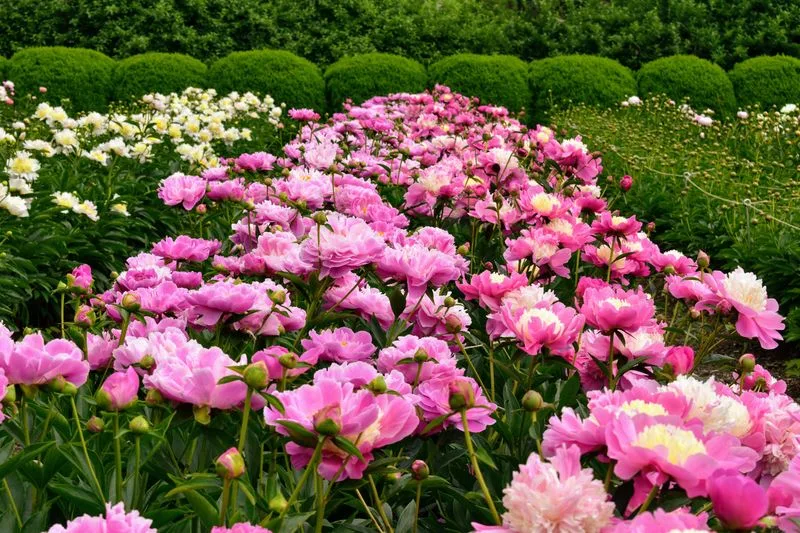
Peonies captivate with their lush, full blossoms. Blooming for just a few weeks, these flowers bring opulence to gardens. Their large, fragrant blooms come in various shades, adding depth to landscapes. As quickly as they appear, peonies fade, leaving only green foliage behind. Yet, their short-lived glory is a celebrated moment for gardeners. Are peonies worth the anticipation? For many, their fleeting beauty is a highlight of the gardening year, a reminder of nature’s luxurious side.
Lilacs
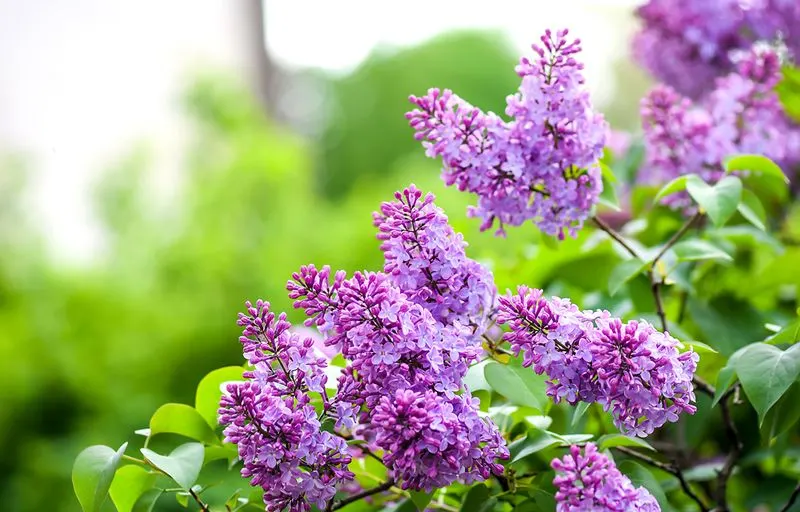
Lilacs enchant with their sweet scent and clusters of purple flowers. Blooming for just a couple of weeks, they fill the air with fragrance in late spring. Their fleeting presence is a sensory delight, marking the transition from spring to summer. Once the blooms fade, their scent lingers in memory. Is this brief bloom worth the wait each year? For those who cherish it, lilacs represent a fragrant farewell to spring, a cherished moment that evokes nostalgia and joy.
Fritillaries
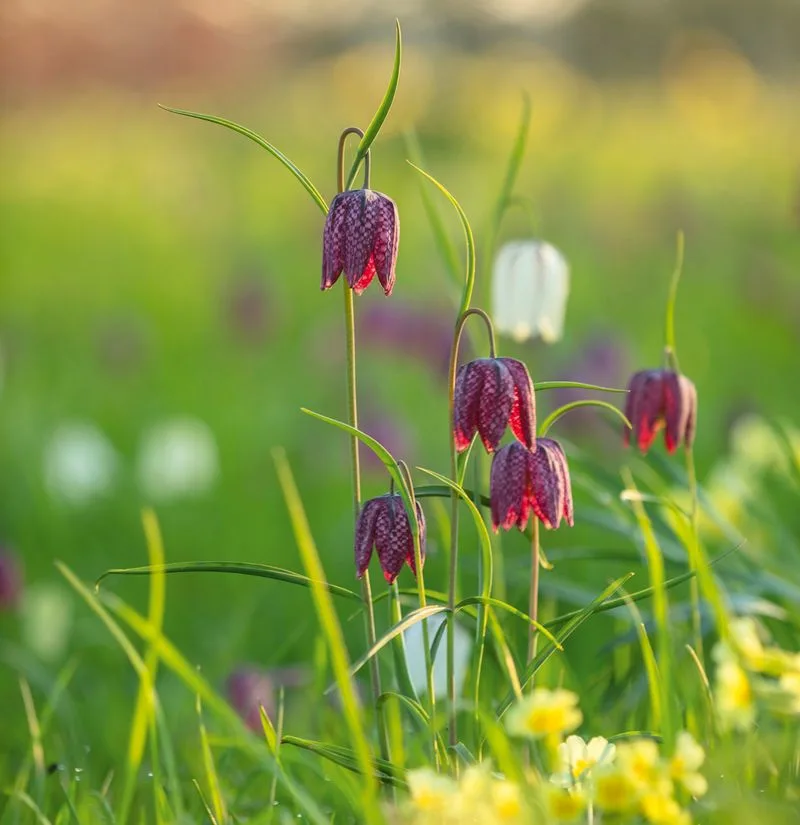
Fritillaries intrigue with their checkered patterns. These unique flowers bloom briefly in spring, adding a touch of whimsy to meadows. Their distinctive appearance draws attention, making them a favorite among wildflower enthusiasts. Once the brief bloom ends, their unusual beauty is replaced by green leaves. Are fritillaries worth the anticipation? For admirers, their fleeting presence is a playful reminder of nature’s creativity, a moment to be savored.
Magnolias
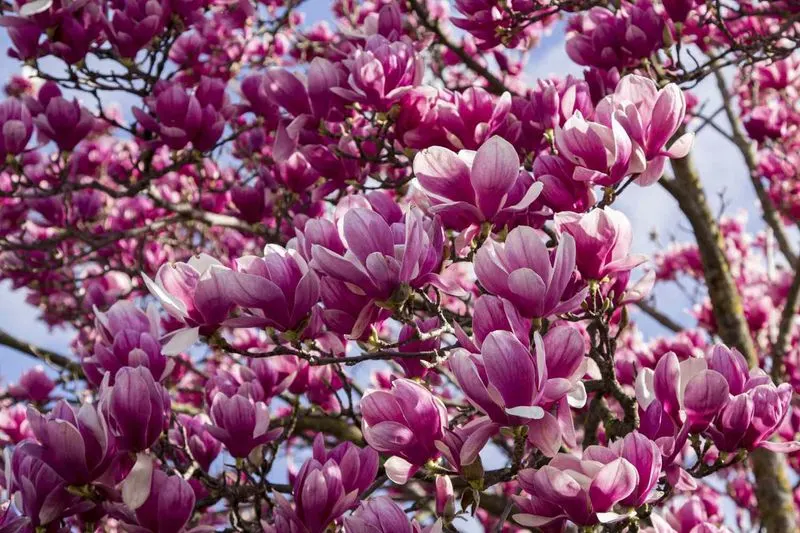
Magnolias captivate with their grand blossoms. For a few weeks each spring, their large flowers transform trees into magnificent displays. The blooms’ size and fragrance create an unforgettable experience. As the petals fall, the spectacle ends, leaving behind a sense of awe. Is this fleeting display worth the wait? For many, magnolias are a symbol of spring’s grandeur, a moment of wonder that leaves a lasting impression.
Irises
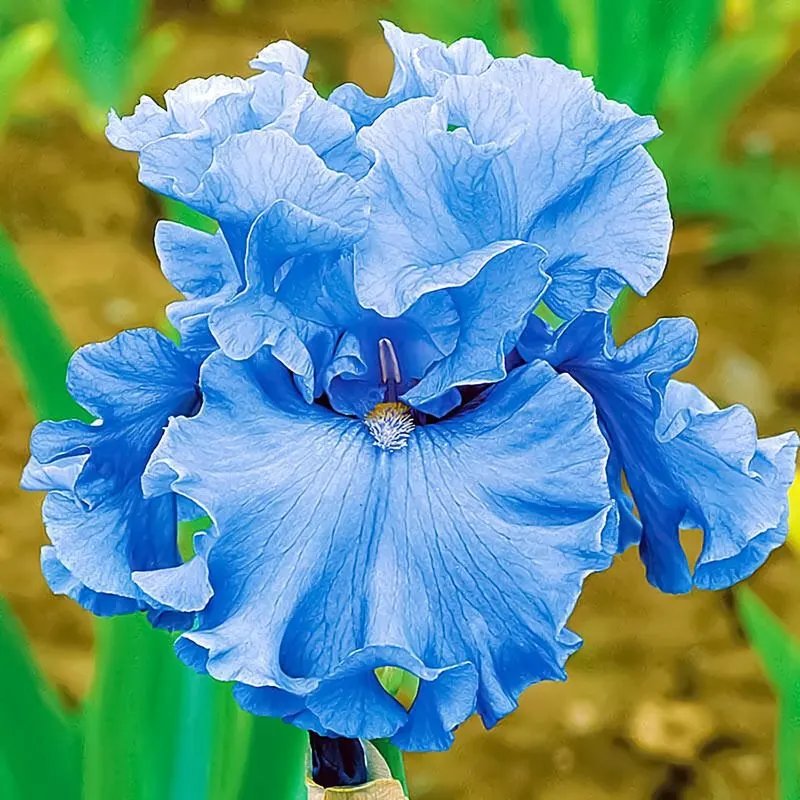
Irises enchant with their striking colors and intricate patterns. Blooming for a short period, they bring vibrant life to gardens. Their unique blossoms stand out, capturing attention with their bold hues. As the flowers fade, the garden’s palette shifts to greener tones. Are irises worth the brief appearance? For those who love floral diversity, irises represent a burst of color and creativity, a momentary highlight of the gardening season.
Tulips
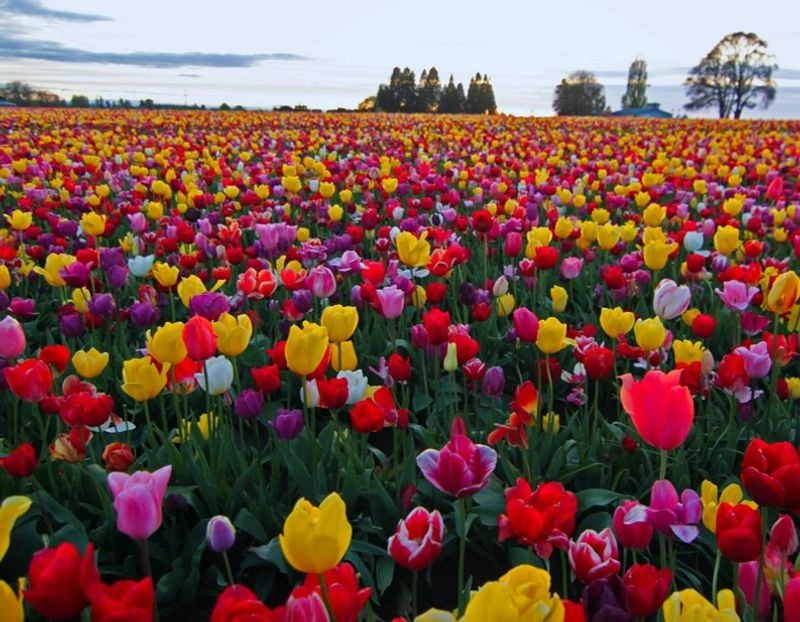
Tulips delight with their vibrant colors and classic form. Blooming in spring, they create fields of color for a brief moment. These flowers are synonymous with renewal, marking the season’s arrival. Once the bloom ends, tulip fields return to green. Is the spectacle worth the fleeting bloom? For many, tulips are a symbol of hope and beauty, a cherished part of the spring landscape.
Azaleas
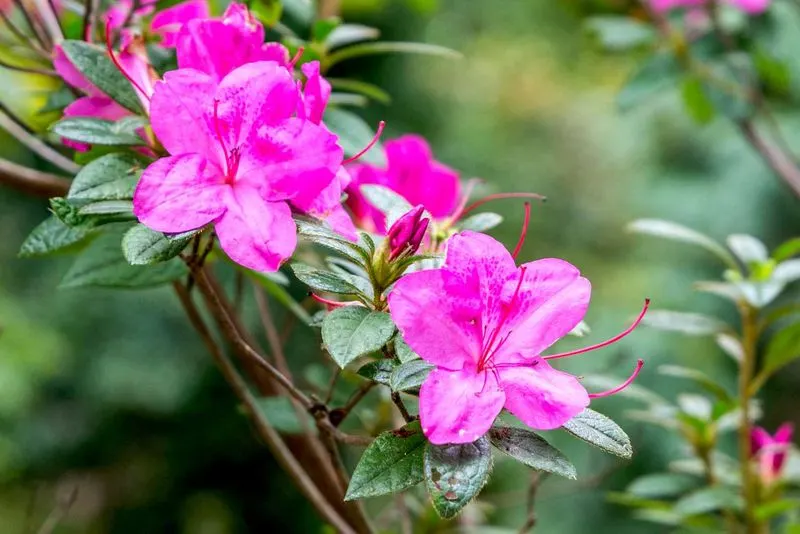
Azaleas brighten gardens with their vivid blooms. For a few weeks each spring, they transform landscapes into vibrant displays of color. The flowers’ intensity and variety add depth to gardens. Once the blooms fade, only lush green leaves remain. Is this brief burst of color worth the wait? For those who admire them, azaleas are a highlight of spring, a moment of beauty that signifies renewal.
Dogwood
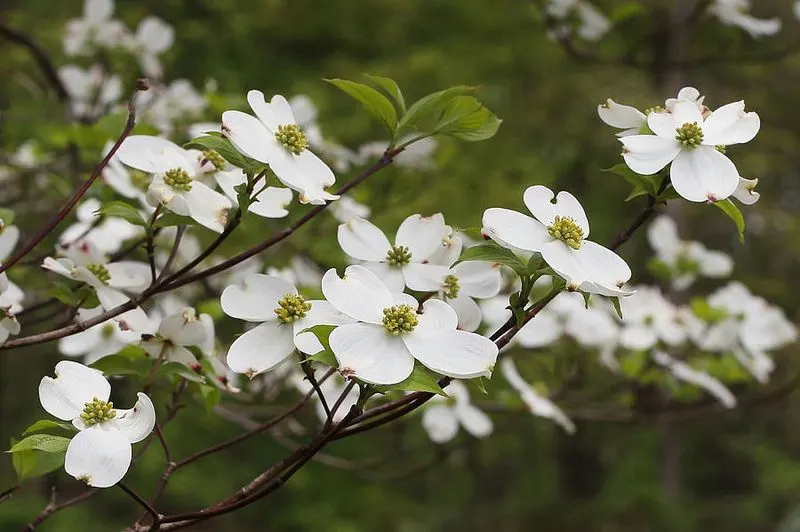
Dogwoods charm with their delicate flowers. Blooming in spring, they add elegance to landscapes. The tree’s blossoms create a picturesque scene, capturing the essence of the season’s renewal. As the flowers fade, the tree’s beauty shifts to its lush foliage. Is this fleeting display worth the admiration? For many, dogwoods are a symbol of spring’s grace, a moment of serene beauty.
Rhododendrons
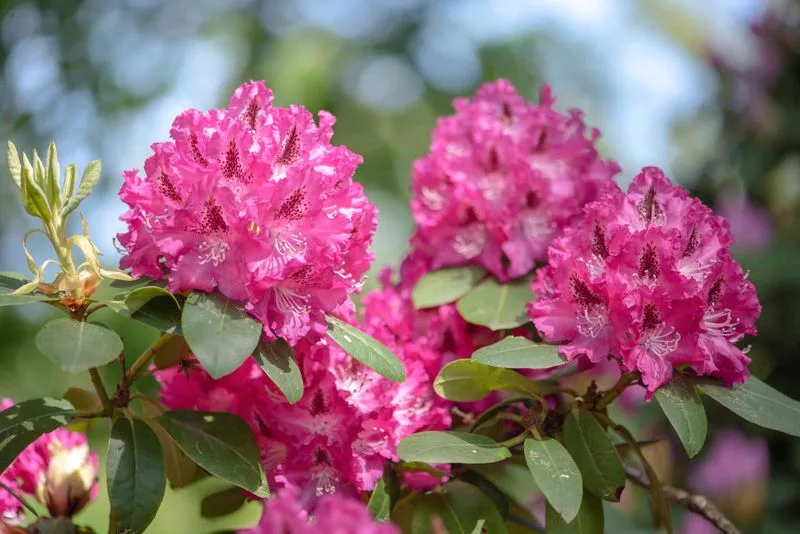
Rhododendrons impress with their spectacular blooms. For a short period in late spring, they dominate gardens with their large, colorful flowers. The blooms’ intensity and variety create a visual feast. Once the flowers fade, the garden’s palette shifts to green. Are rhododendrons worth the brief display? For enthusiasts, they represent a triumph of color and form, a moment of joy in the gardening year.

